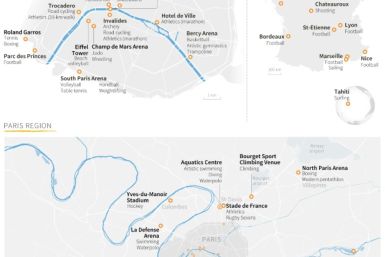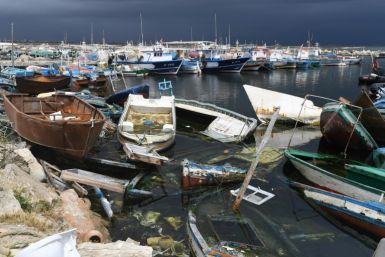Transport Association Pushes for High-Speed Rail Network in Australia
Australia should join the bandwagon of nations that are putting in place high-speed rail networks, the Australasian Railway Association (ARA) pushed on Monday. The transport group pointed out that Australia and Antarctica are the only continents without a high-speed rail network.
The federal government released in August a study on the feasibility of constructing a high-speed rail system on the east coast. The $20-million study said a 1,600-kilometre speed network that could link Brisbane, Newcastle, Sydney, Canberra and Melbourne could reduce travel time between Melbourne and Sydney to three hours. The rail passengers would need to pay $99 for such a trip, the study said.
Brian Nye, chief executive officer of ARA, cited a reported by the Washington-based Worldwatch Institute that such an ultra modern means of rail transport would probably be running in 23 countries in 2015 from the current 14 countries. The lack of such a system in place is an indicator that Australia has been left behind in that area of transport.
The report said the number of high-speed trains across the world went up to 2,517 in January 2011 from 1,737 in January 2008. By 2015, the number would further rise to 3,700.
Worldwide explained the growing popularity of demand for high-speed train services is not only because of the mode's reliability, but also due to the lesser appeal of air travel caused by excessive airport security checks.
The normal time to build such a network is from eight to 10 years and would cost Australia $35 billion. However, Mr Nye said that despite the high cost, the venture could be self-sustaining on a long-term perspective. The high construction cost and relatively low population density are the main reasons why no proposals have been considered economically viable in Australia despite the plan for one being proposed since the early 1980s.
The system would also benefit the environment because if could take off the road 525 cars which would reduce carbon dioxide emissions from tailpipes.
The proposed Melbourne to Sydney high-speed rail network could cost between $61 billion and $108 billion. Due to the very high cost of the project, the government has commissioned a second study which is due to be finished by November.
In December 2011, University of Sydney Professor David Hensher charged that the proposed North West 23-kilometre rail link by the New South Wales (NSW) government lacks a cost-benefit analysis and the regions would be better off being served by buses.
However, Mr Nye pointed out that the NSW government held a study and found the project has economic value. He said Mr Hensher's proposal to instead have more buses may only solve the region's transport requirements on a short-term basis, but in the long-term there would be more people on the road which would only result to gridlocks in Sydney and worsen the vehicular congestion in the city.
On an average weekday, during the busiest peak hour about 6,000 buses run on Sydney's streets. Demand for public transport services is expected to go up with 200,000 people forecast to migrate to the region which would transform it into a commercial hub.
"Sending more buses into Sydney's CBD is a recipe for gridlock. There will be no room for construction and commercial vehicles in Sydney and the city will become a bus parking lot," Mr Nye warned.
The proposed rail links will have eight railway stations and 4,000 commuter car parking spaces. The eight would be at Cudgegong Road, Rouse Hill, Kellyville, Bella Vista, Norwest, Hills Centre, Castle Hill and Cherrybrook.
If the project gets the green light, major tunneling construction work is expected to begin in 2014. It would be the biggest transport infrastructure project in Sydney since work started 90 years ago on the Sydney Harbour Bridge, which is undergoing repair now.
It would also supplement the harbour and rail network system being put in place across Australia to serve the storage and rail and sea transport requirements of the country's booming resources sector.






